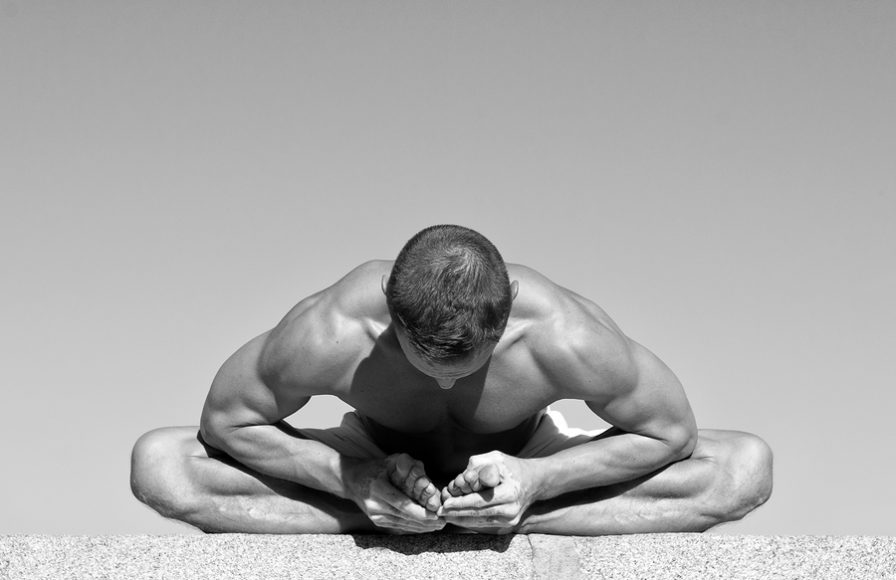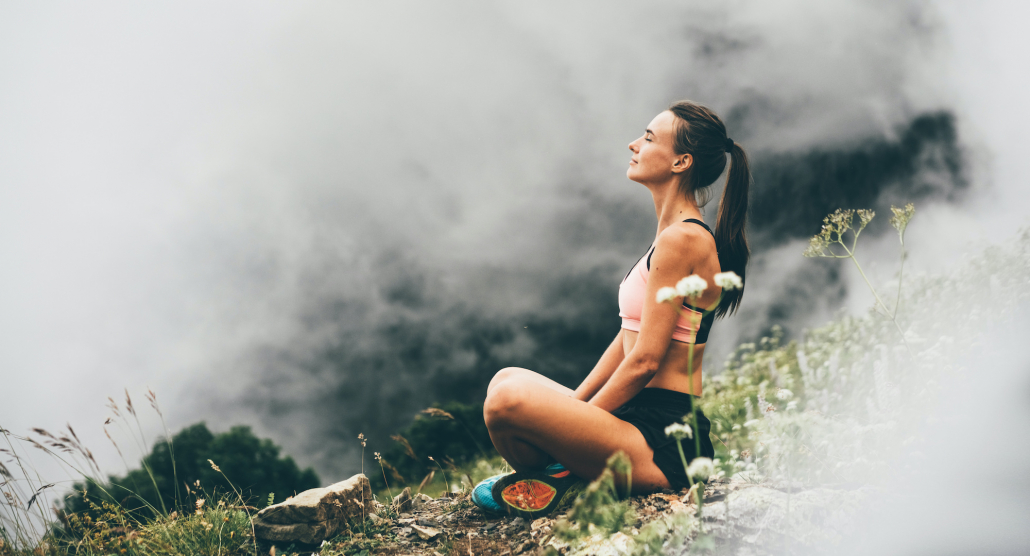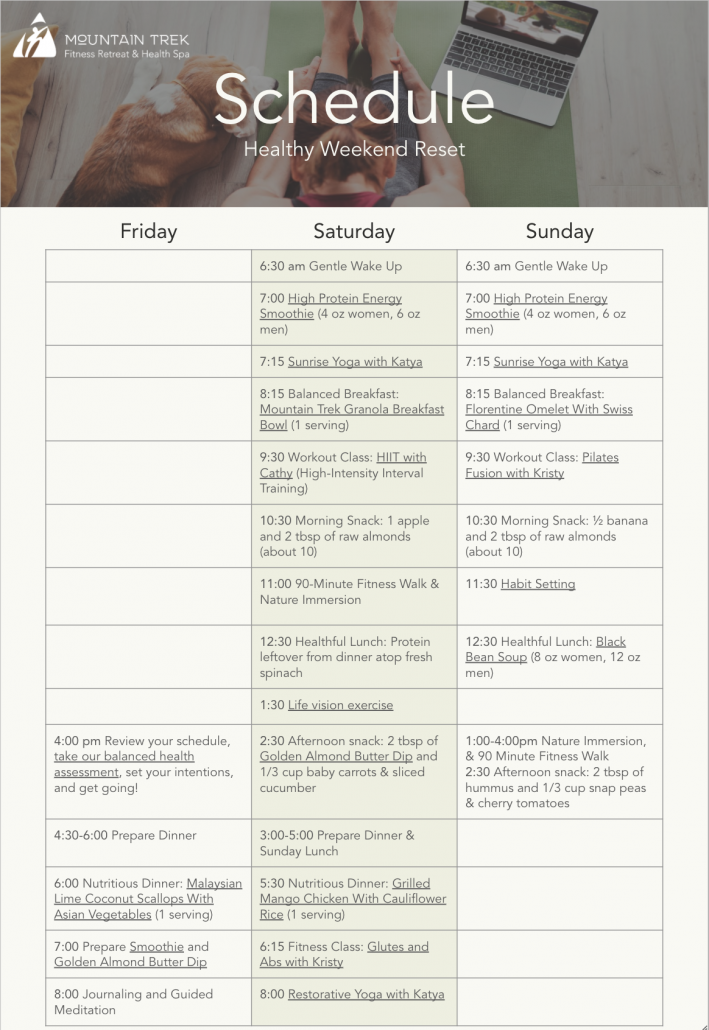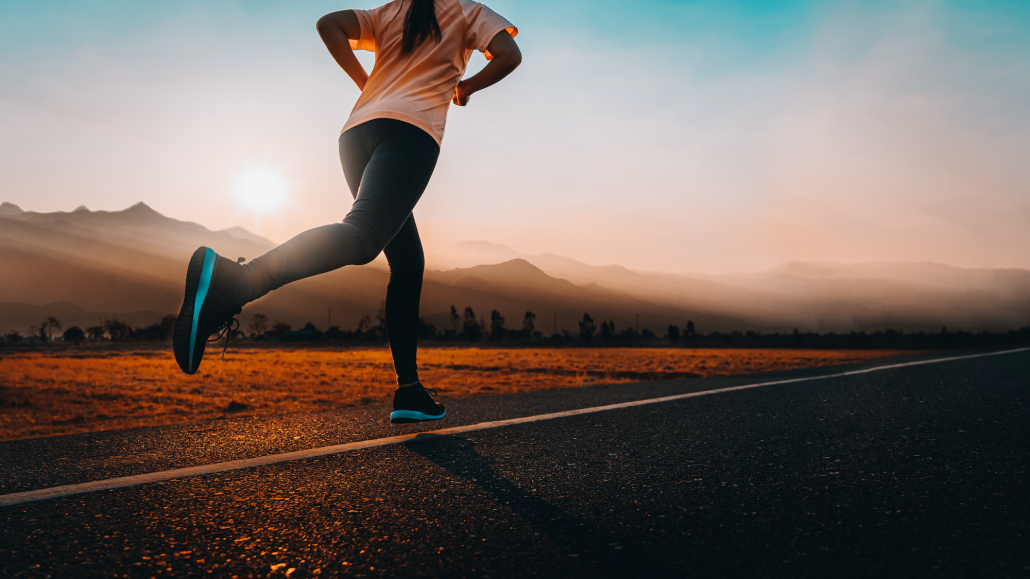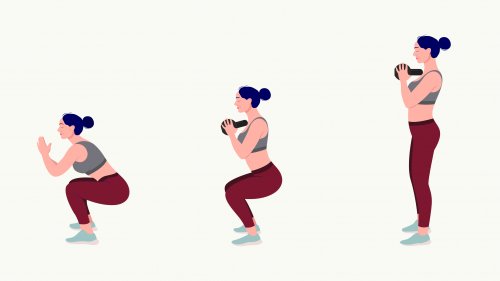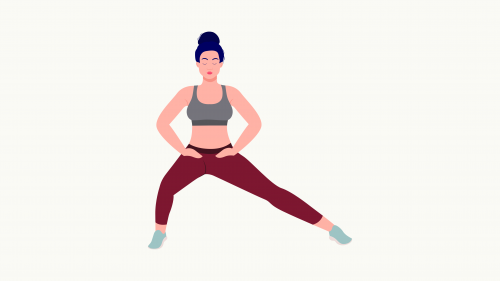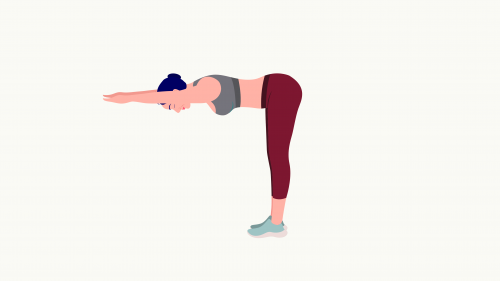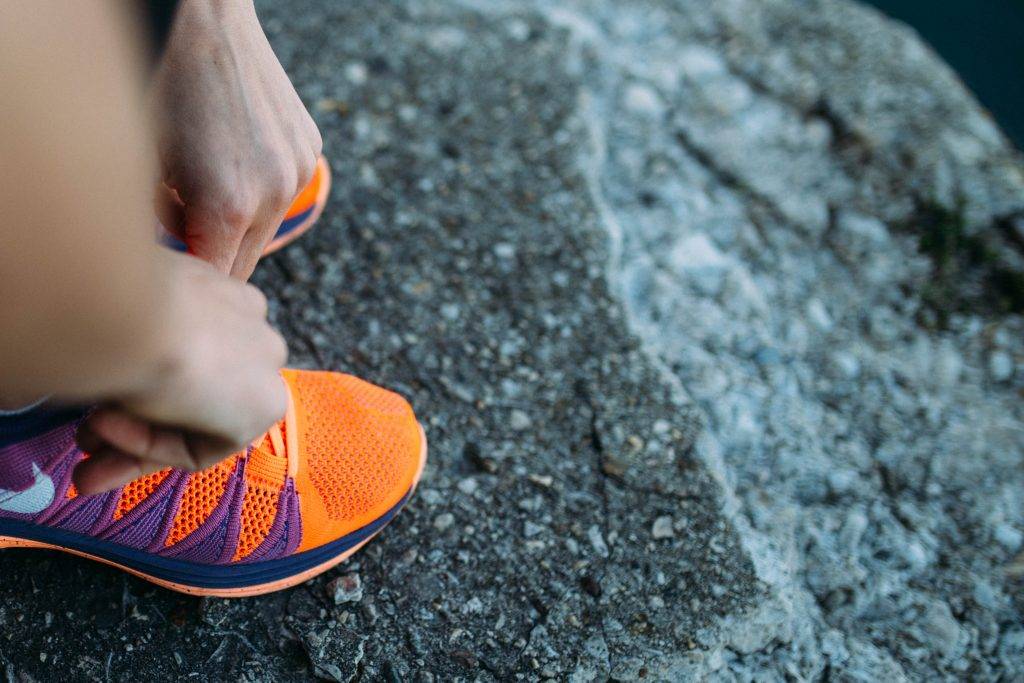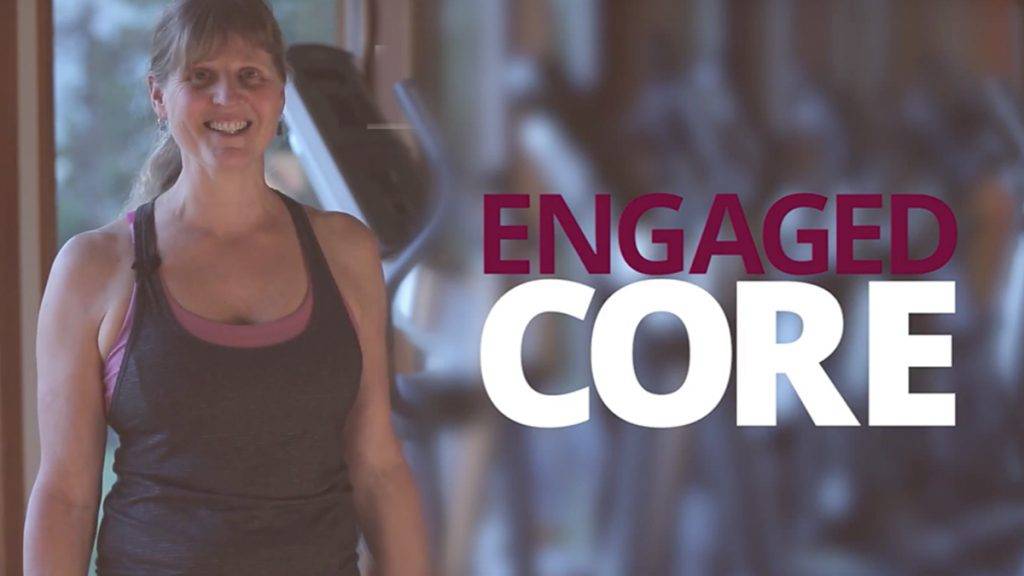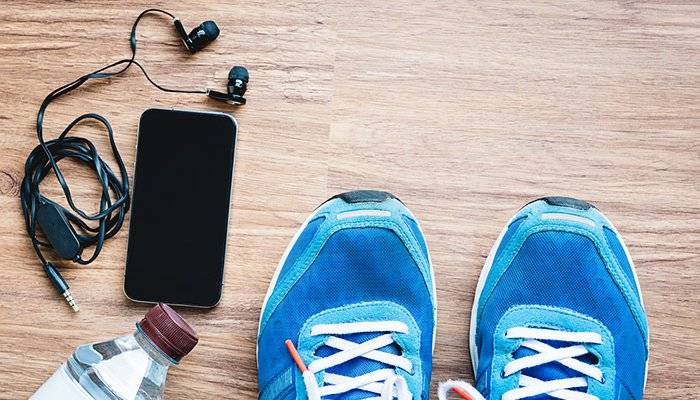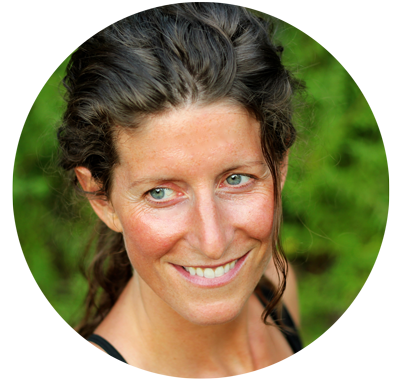Five Full Body Exercises for the Office

Sitting at your desk for hours on end is quickly proving to contribute to a long list of serious ailments and diseases. Stagnation leads to inflammation, which if chronic, plays a role in almost every major disease, including cancer, heart disease, diabetes, Alzheimer’s disease, and even depression. Read our article, Why Sitting is Bad For You and 5 Ways To Fix It.
A healthier, and more productive way to work, is to do concentrated, undistracted bursts of work followed by short periods of rest and recovery. One optimal timing is to do 90 minutes of undistracted work (notifications off), and then take a 10-minute break to replenish yourself. Another popular ratio is 25 minutes of work followed by 5 minutes of rest. Try both and see what works best for you.
Eating healthy snacks is a wonderful thing to do in your 10-minute break, and so is stretching and exercising. Additionally, along with your physical health, your mental health also needs to be revitalized during these short breaks. Learn 18 Ways To Improve Your Mental Health When Working From Home.
Below, find 5 full-body exercises that are easily done from your desk and will get your circulation going.
5 full-body exercises you can do anywhere, including your home office.
1. Shoulder Blade Squeeze
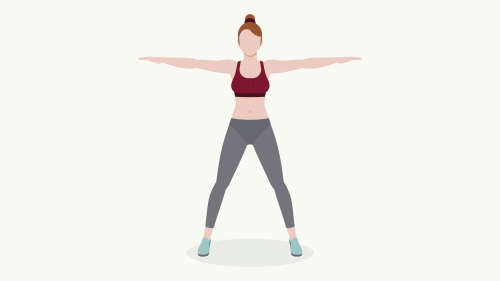
The shoulder squeeze exercise strengthens your back, shoulder blades, and core. You will also get a great chest opening stretch from this exercise.
- Stand with your feet slightly wider than shoulder-width apart.
- Reach your arms straight out to the sides. Make sure your shoulders do not creep up – pull them down and away from your ears.
- Engage your core. A great way to make sure your core is engaged is to exhale sharply like you’re blowing out a candle.
- Now, slowly bring your hands together behind you by drawing your shoulder blades together. Pull your shoulder blades towards each other as if you were trying to hold a pencil between them. Your hands may not make it very far, just go as far as you can and hold there for 5 seconds. Then, bring your arms back in line with your shoulders and repeat.
- Start with 1-2 sets of 10.
2. Lunges
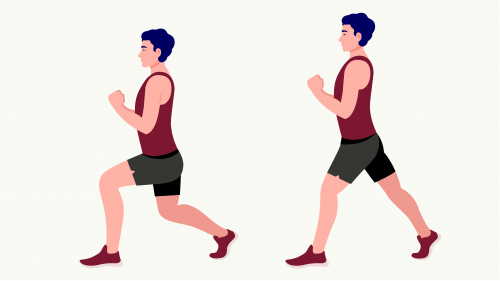
Lunges work your calves, quads, hamstrings, and glutes – as well as your core, and stabilizer muscles. You’ll also get a nice stretch for your hip flexor muscles.
- Begin with your feet hip-width apart and your arms at your side, on your hips, or in a fist in front of your chest.
- Engage your core, with your shoulders back and down.
- Take a large step forward, while maintaining your posture. Keep your hips square/level and facing forwards. Engage those glutes!
- If you feel like you’re on a tight rope, widen your stance slightly.
- Without bending over your front leg, bend your front knee to 90-degrees while also bending your back knee. Attempt to lightly touch the ground with your back knee before rising back up to the top of your lunge.
- Make sure most of your weight is in the heel of your front foot, and while you drive upwards use your glutes.
- Start with 2 sets of 10 for each leg.
3. Cat-Cow
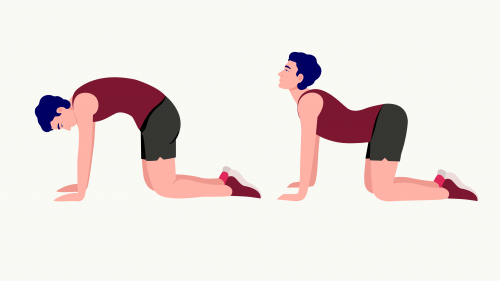
Cat-Cow strengthens and stretches your lower back. While also working your arms and abdominal muscles.
- This exercise requires you to be on the floor. If you need support for your knees, grab a towel or a mat.
- To start, get down on your hands and knees. Making sure your hands are directly beneath your shoulders, and your knees are directly below your hip sockets.
- While breathing in, lower your belly and dipping your back into a “U” shape, and hold for a few breaths. Continue to breathe, then arch your back up so that you resemble a cat stretching, hold this and repeat.
- Flow between the “cat” and “cow” poses 10 – 20 times.
- Remember to keep your shoulders away from your neck!
4. Plank
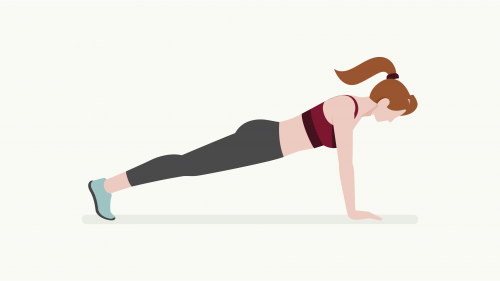
Plank is a challenging exercise because it works the entire body. Everything from your toes to your fingertips is engaged in balance to prop yourself up, fighting gravity.
- Start in on all fours; like for cat-cow, make sure your arms are directly beneath your shoulders.
- Step one foot back at a time so that your heels are directly above your ankles.
- Maintain a straight line from your head, along your spine, to your ankles. To achieve this: engage your core, draw your belly-button to your spine and squeeze your glutes.
- Look straight down at the ground, and not at your toes to maintain your straight spine.
- Hold for as long as you can, then lower your knees for 10 seconds and repeat 10 times.
- If this hurts your wrists, or you begin to get tired, lower to your elbows and/or your knees.
5. Tricep Dips
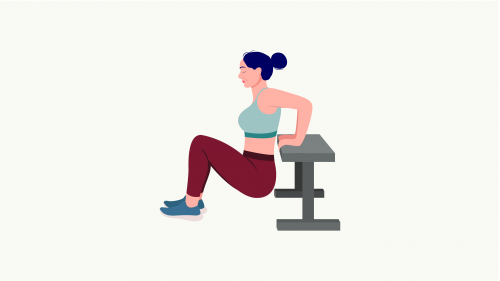
Tricep dips are a great way to strengthen your upper body and – obviously – your triceps! It’s a great exercise for small spaces that will challenge you and get your heart rate up.
- Using a non-rolling chair, bench, or sturdy table, begin by sitting on the edge of your seat with your hands right next to your hips.
- Grasp the edge of your seat and shift your body so that you’re hovering over the floor.
- Keep your elbows close to your body.
- With your knees bent at 90-degrees, lower your upper body straight down by bending your elbows. Then, push down into your hands to lift your body back up. Repeat without rest 10 times for 1-2 sets.
In Addition: Walk the Walk
The American Health Association recommends a person take a minimum of 10,000 steps a day. But the average North American is walking half that. Ten thousand steps may seem daunting considering it’s about the equivalent of 30 city blocks but the best way to tackle them is to break them down over the course of the day. The moment you decide to walk upstairs instead of taking the elevator, park a bit further away from the front door of the grocery store and go for a walk around the block after dinner, you’ll find yourself reaching 10,000 steps no problem.
What is Mountain Trek?
Mountain Trek is the health reset you’ve been looking for. Our award-winning retreat, immersed in the lush nature of British Columbia, will help you unplug, recharge, and roll back years of stress and unhealthy habits. To learn more about the retreat, and how we can help you reset your health, please email us at info@mountaintrek.com or reach out below:

